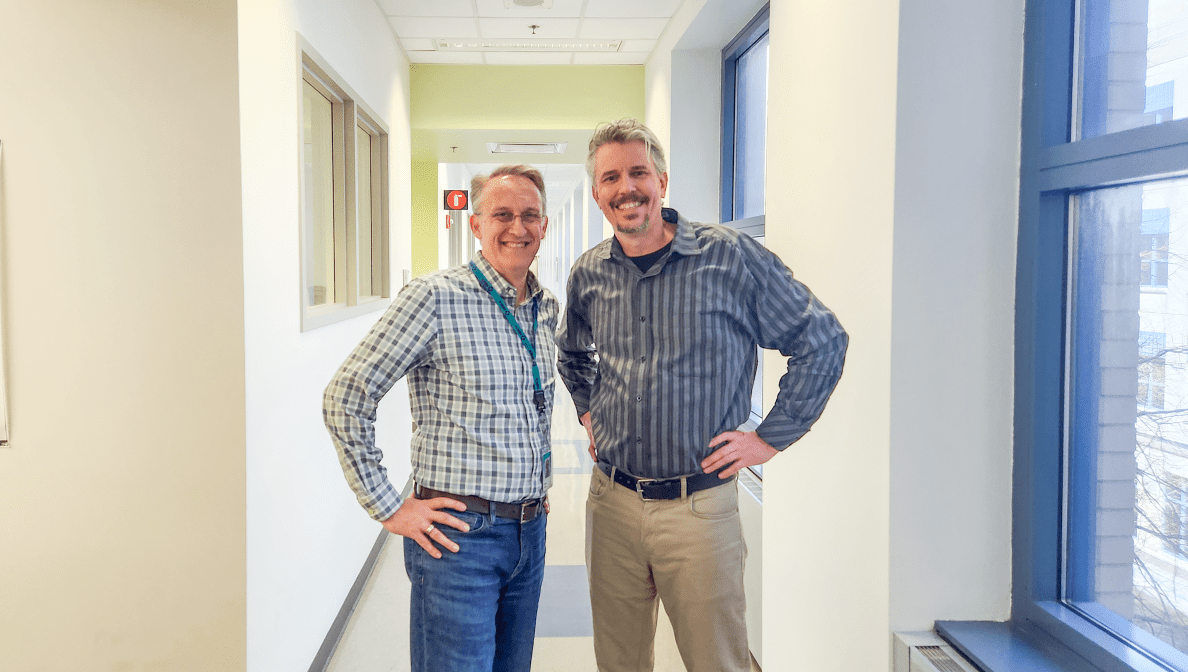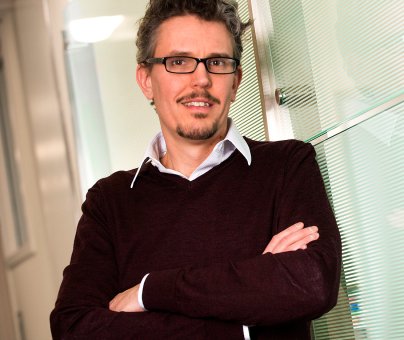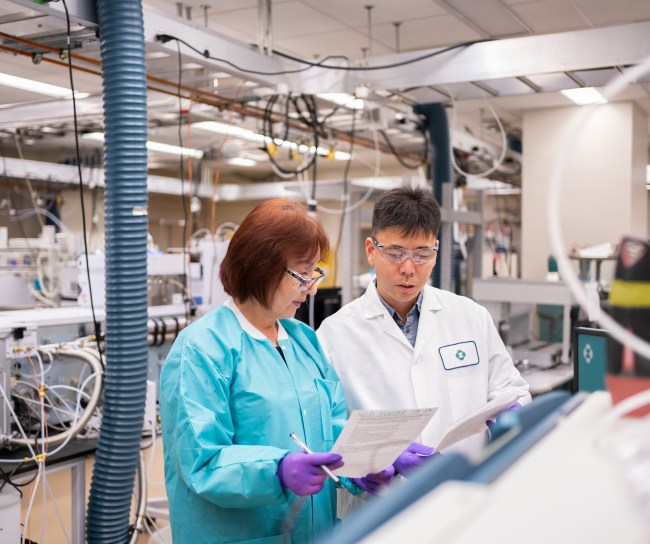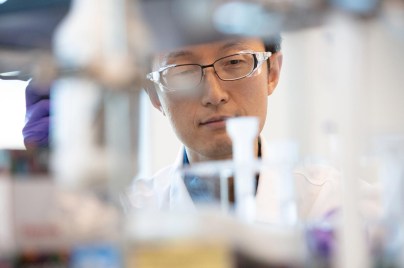Pioneering better chemical reactions
Merck scientists help unlock the mystery of a key reaction and refine how molecular compounds are built
May 3, 2023

Developing a new potential medicine is as much art as science. Chemists must design and create molecules that are tailored to interact with specific regions of the target protein. There are numerous recipes that enable the creation of the desired compound or compound family. Still, it’s sometimes a mystery how it all works. At least, that was the case for an often-used reaction until Merck researchers, working in collaboration with others, took a closer look.
‘Building a key that fits into a lock’
The reaction — decarboxylative coupling — uses two catalysts and can be a fickle process. “We know to expect a certain result, but how it happens is often an enigma,” said Spencer Dreher, senior principal scientist, medicinal chemistry, Merck Research Laboratories (MRL).
Dreher and other talented MRL chemists, including Shane Krska, distinguished scientist, discovery chemistry, worked with scientists in 2021 Nobel Laureate David MacMillan’s lab at Princeton University to learn more about this specific reaction. MacMillan, who is the James S. McDonnell Distinguished University Professor of Chemistry at Princeton University, has had a close working relationship with Merck spanning many years.

“When we’re building molecules for a particular target, we like to say we’re building a key that fits into a lock."
Shane Krska
Distinguished scientist, discovery chemistry, MRL“What makes decarboxylative coupling an interesting and powerful reaction is that the result is three dimensional, versus flat, which helps when building a specific shape,” said Krska. “Also, the primary reactants can come in many different configurations, so the number of combinations that can be generated is appealing.”
The team used a systematic approach to map the effect of over 700 diverse molecules that might interact with decarboxylative coupling, using a nanoscale high throughput experimentation technique pioneered at our company. This technique allows the scientists to complete the many reactions and test for results in an automated system using tiny amounts of reagents, robotics and analytical techniques.
Most of the reagents tested were detrimental to the reaction, but one stood out and surprised everyone — phthalimide. “As far as we know, phthalimide is not used as an additive in other reactions, so we were very surprised to see it benefit this reaction,” said Krska.
Understanding the decarboxylative coupling reaction
Once the team identified this key additive, they set out to understand how it worked. They were able to show it stabilized the catalyst, keeping it present and part of the reaction for a longer time, improving yields. They then ran the reaction with many different coupling partners to prove it worked across most reactions.
Not only has the team defined a predictable process for decarboxylative coupling, but they also have shown how their additive mapping process can refine other reactions.

“I feel like we were able to push the boundaries of scientific understanding in a very fundamental way. This is something that will be beneficial across our industry.”
Spencer Dreher
Senior principal scientist, medicinal chemistry, MRLThe team’s research was recently published in the journal ‘Science’
Learn more and explore careers in R&D at Merck

Careers
Are you interested in a career in R&D?


